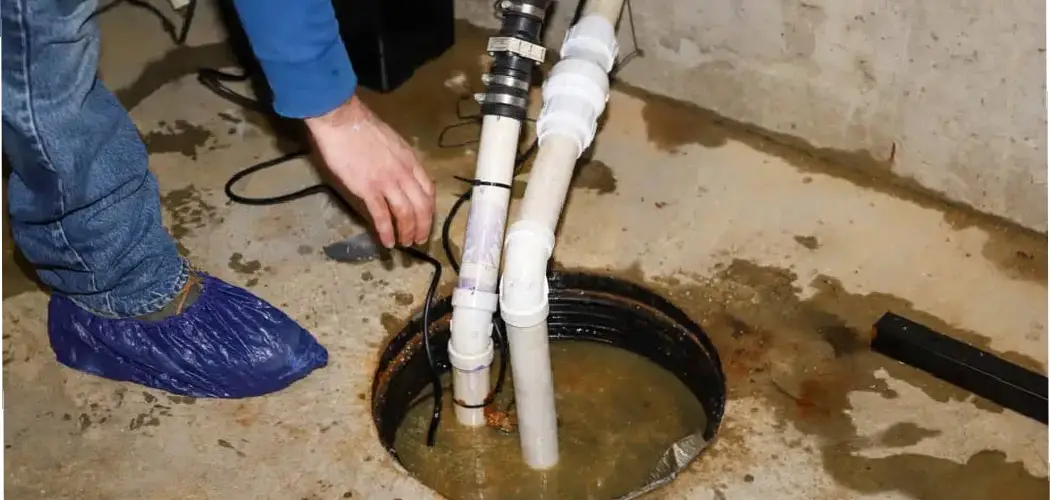Are you one of many homeowners who have recently been struggling with a clogged sump pump? Sump pumps are an essential part of keeping your basement dry and free from water damage, but when something goes wrong with the system it can become a major headache.
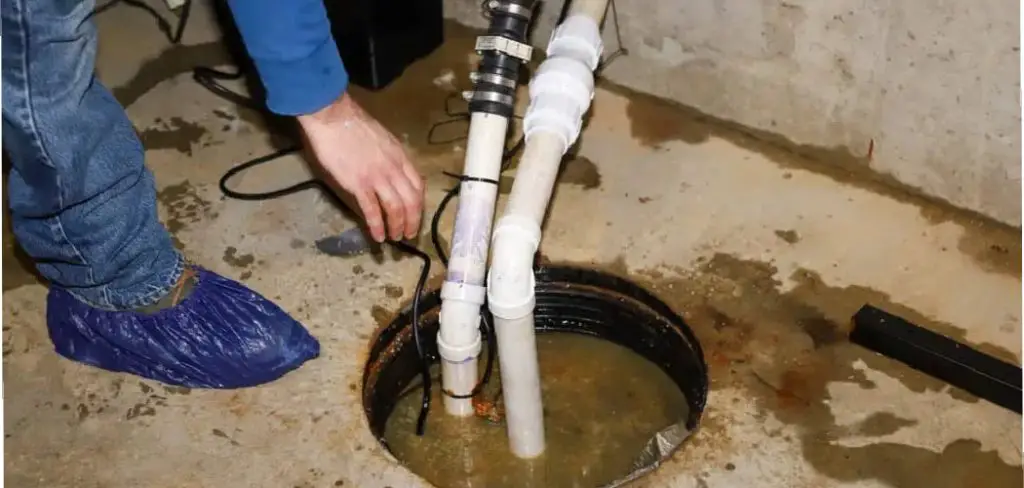
In this blog post, we’ll provide some practical tips on how to fix a clogged sump pump so that you can get back to enjoying your home without worrying about extra flooding or water damage. With our help, you’ll be able to tackle the problem yourself quickly and easily – no plumber required!
Why is It Important to Fix a Clogged Sump Pump?
1 . To Prevent Damage to Your Home
A clogged sump pump can cause water to back up and flood your basement, leading to expensive repairs and potentially damaging your belongings. It is important to fix a clogged sump pump in order to prevent this type of damage from occurring.
2 . To Keep Your Basement Dry
The main purpose of a sump pump is to remove excess water from your basement and keep it dry. If the pump is clogged, it cannot effectively do its job and your basement may become flooded. Fixing a clogged sump pump will ensure that your basement stays dry and free of any potential water damage.
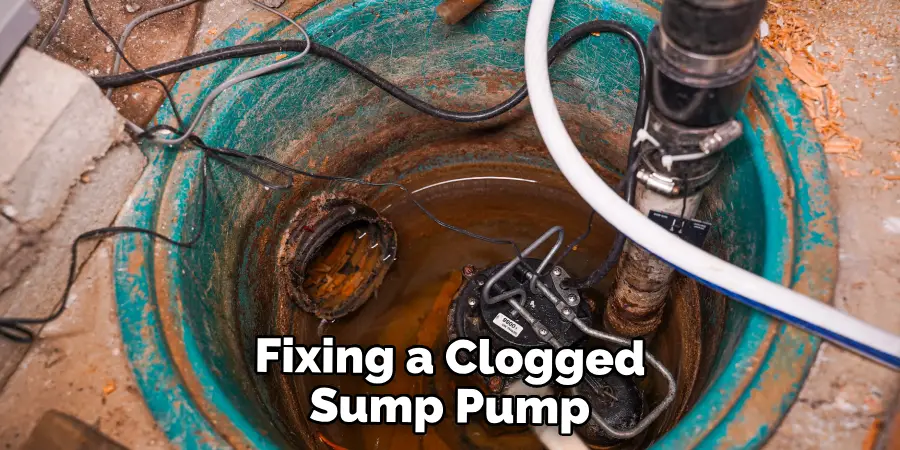
3 . To Avoid Health Hazards
Standing water in your basement can create the perfect breeding ground for mold, mildew, and bacteria. These can not only damage your home but also pose health risks to you and your family. By fixing a clogged sump pump, you are eliminating the potential for these health hazards to develop.
4 . To Save Money in the Long Run
Ignoring a clogged sump pump can lead to more serious problems down the line, resulting in costly repairs and replacements. By fixing the issue early on, you can save yourself a significant amount of money in the long run.
How to Fix a Clogged Sump Pump in 5 Easy Steps
Step 1: Gather All The Tools
The very first step is to gather all the necessary tools and equipment needed to fix a clogged sump pump. These may include a pair of pliers, a bucket, a screwdriver, a flashlight, and gloves. It is important to have all these tools handy as you will need them throughout the process.
Step 2: Turn Off The Power
Before attempting any repairs on your sump pump, it is crucial to turn off the power supply. This will not only ensure your safety but also prevent any potential damage to the pump. You can either unplug the sump pump from its power source or switch off the circuit breaker that supplies power to it.
Step 3: Inspect The Pump
Carefully inspect the sump pump for any visible signs of clogging. This may include debris, dirt, or even small objects that may have found their way into the pump. Use a flashlight to get a clear view and remove any visible obstructions with your hands or a pair of pliers.
Step 4: Check The Drainage Pipe
If you do not find any visible clogs in the pump itself, the next step is to check the drainage pipe. This is the pipe that carries the water out of the sump pump and away from your home’s foundation. Use a screwdriver or a plumber’s snake to remove any clogs in the drainage pipe.
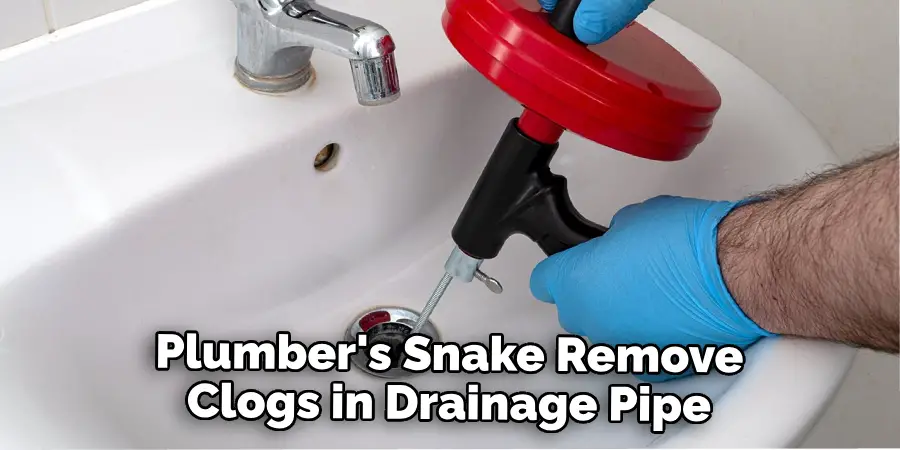
Step 5: Test The Pump
After clearing any clogs, it is important to test the sump pump to ensure it is working properly. You can pour some water into the sump pump pit and observe if the pump turns on and drains the water out of the pit.
If it does, then your clog has been successfully fixed! However, if the pump still doesn’t work, you may need to consult a professional plumber for further assistance.
Some Extra Tips to Fix a Clogged Sump Pump
1 . Do Not Use Chemicals
One of the worst things you can do when trying to fix a clogged sump pump is to use harsh chemicals. Not only can these chemicals be harmful to your health, but they can also damage the components of your sump pump and cause further issues. It’s best to avoid using any type of chemical drain cleaner and instead opt for more natural solutions.
2 . Use a Plunger
If your sump pump is clogged, you can try using a plunger to dislodge any debris that may be blocking the pipes. Simply place the plunger over the drain and push and pull it vigorously until the blockage breaks free. This method is effective for minor clogs, but if the problem persists, it’s best to move on to other solutions.
3 . Check the Float Switch
Sometimes, a clogged sump pump can be caused by a malfunctioning float switch. This is the mechanism that turns the pump on and off as the water level rises and falls. If the switch is stuck or not functioning properly, it can cause your sump pump to become clogged. Check and clean the float switch to ensure it’s working correctly.
4 . Use a Plumbing Snake
If the clog is deeper in your sump pump pipes, you may need to use a plumbing snake to clear it out. A plumbing snake is a flexible tool with an auger attached that can be inserted into the pipe and maneuvered to break up and remove the clog. Be careful not to push too hard or use too much force, as this can damage your sump pump.
5 . Regular Maintenance
The best way to prevent a clogged sump pump is to perform regular maintenance on it. This includes cleaning the pump and its components, checking for any wear and tear, and replacing any damaged parts. By keeping your sump pump in good condition, you can avoid clogs and other issues in the future.
Frequently Asked Questions
What Precautions Should I Take Before Fixing a Clogged Sump Pump?
Before attempting to fix a clogged sump pump, it is important to take some precautions. First and foremost, make sure to turn off the power supply to the sump pump.
This will prevent any potential electric shocks while working on the pump. Additionally, wear protective gear such as gloves and goggles to protect yourself from any debris or chemicals. It is also recommended to have a bucket or container nearby to collect excess water when working on the pump.
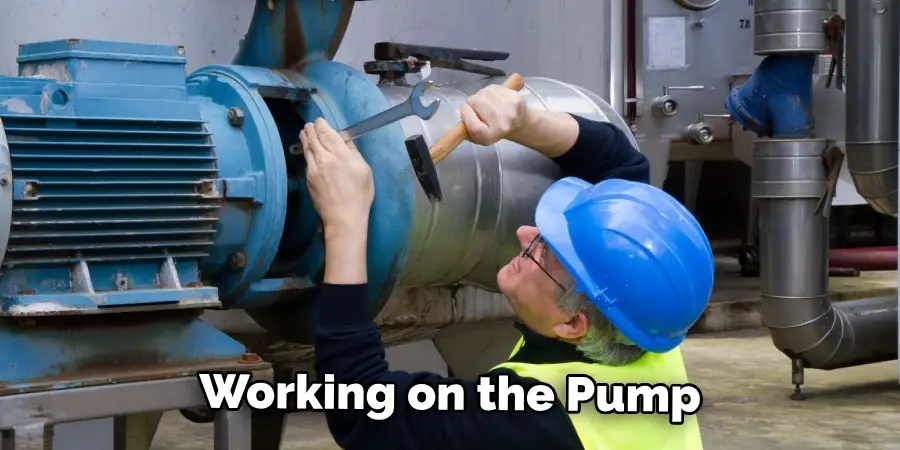
How Can I Identify if my Sump Pump is Clogged?
There are a few signs that can indicate a clogged sump pump. The first and most obvious sign is if there is standing water around the sump pump or in the sump pit.
This could mean that the water is unable to drain properly due to a blockage. Another sign is if you hear strange noises coming from the pump, as this could also indicate a clog. Lastly, if your sump pump is not turning on at all, it may be due to a clogged discharge pipe.
Can I Fix a Clogged Sump Pump on my Own?
If you have some basic plumbing knowledge and are comfortable working with tools, you may be able to fix a clogged sump pump on your own. However, if you are unsure or uncomfortable with the process, it is always best to call a professional plumber to handle the job. Attempting to fix a sump pump without proper knowledge or experience can lead to further damage and potentially cost you more in the long run.
How Often Does a Sump Pump Need to be Maintained?
It is recommended to have your sump pump inspected and maintained at least once a year. This will ensure that any potential clogs or issues are addressed before they become major problems. It is also important to regularly check and clean the sump pump’s intake screen to prevent clogs from occurring.
What are Some Preventative Measures I Can Take to Avoid a Clogged Sump Pump?
To avoid a clogged sump pump, there are a few preventative measures you can take. First, make sure that your sump pump is properly installed and has a tight-fitting cover.
This will prevent debris from entering the sump pump and causing clogs. It is also recommended to regularly clean out your gutters and downspouts to prevent excess debris from entering the sump pump. Lastly, avoid pouring any grease or oils down your drains, as these can solidify and cause clogs in your pipes and sump pump.
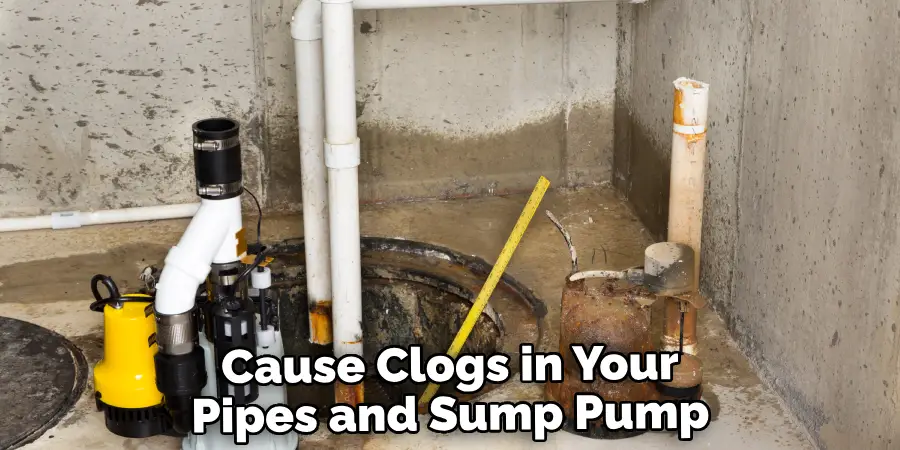
Conclusion
To summarize, the steps for fixing a clogged sump pump are simple and easy to follow. First, unplug the power before beginning the troubleshooting process. Investigate the different components of the system and check for any blockages in the inlet or discharge pipes.
Cleaning these areas can often help restore proper flow. If an obstruction is still present after clearing out debris, then more drastic measures may be needed. The sump pump switch or float arm may need to be replaced or cleaned.
Lastly, a new sump pump might be required if all other fixes have been tried and tested with no improvements. Therefore, it is important to take necessary precautions when dealing with a clogged system as well as seek professional help if necessary to ensure that your property remains safe from severe flooding caused by faulty equipment. With this knowledge on how to fix a clogged sump pump by your side, you can save yourself from potential complications now and in the future — so good luck and get started today!

